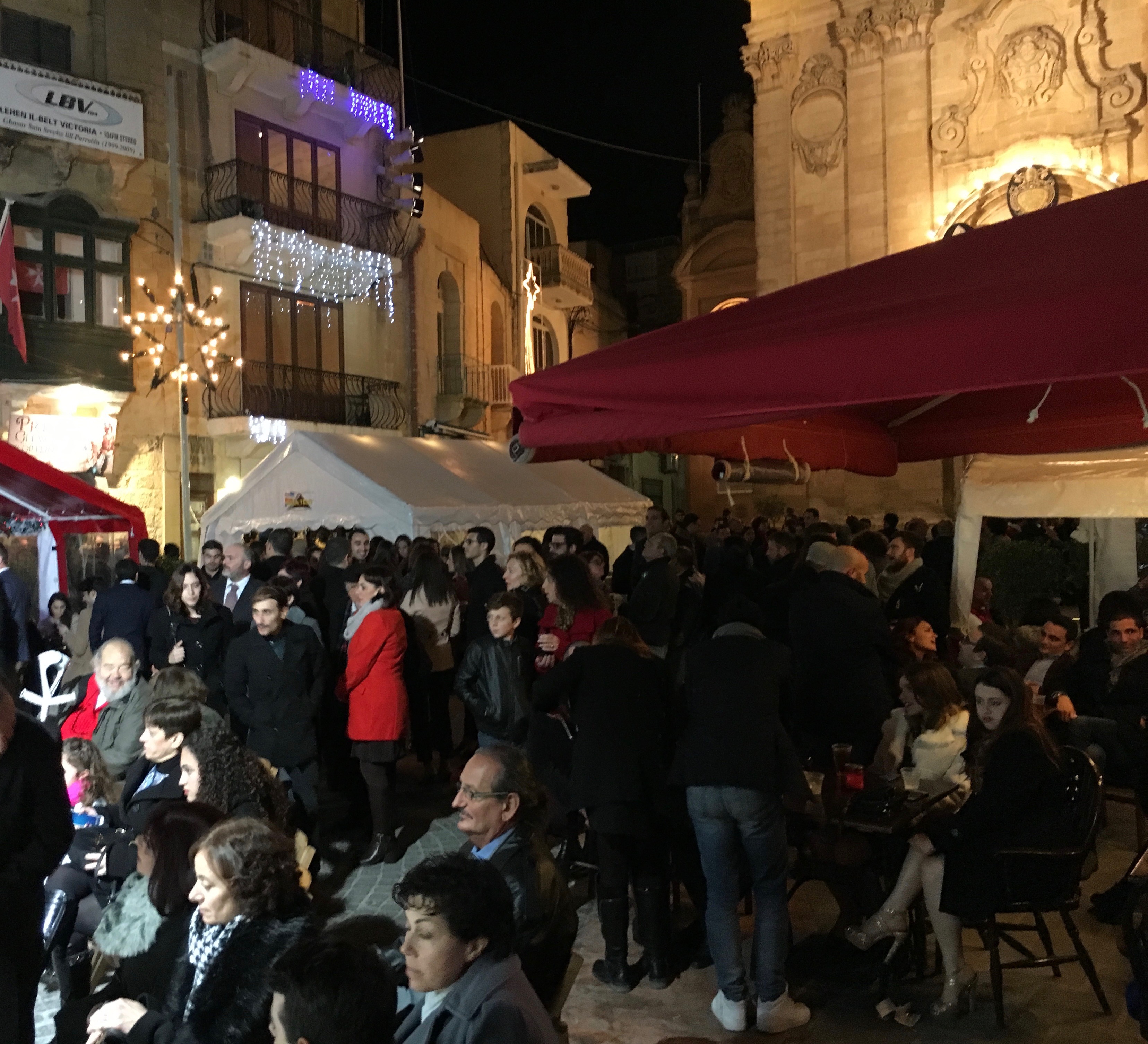I spent the Christmas and New Year’s holiday on the island of Gozo, which is part of Malta. The weather was generally nice, and the island was quiet, compared to the summer when I normally visit. The Gozitans know how to celebrate Christmas and New Year, with concerts and performances in the squares and in the churches.
Gozo is a dry island, and there are not many trees. I was surprised to read in the local Museum that in the past the island was covered in woodland, which was cut for construction and fuel. You would not believe that, as currently the main woody vegetation is made up of olive and fig trees. I also noticed that many of the dry valleys on the island have clumps of reeds that look remarkably like bamboos from a distance, and the local farmers call them canes.
This year, I walked up the dry valley in Mgarr-I-Xini, and I found myself in a forest of these canes. The stems have nodes and the roots have rhizomes, just like the bamboos that we see in many parts of the Global south.
But the leaves clearly show that they are not real bamboo species, and I therefore took this opportunity to learn more about these plants. Wikipedia tells me that these reeds are Arundo donax, or giant cane. Other common names apparently include Spanish cane, wild cane, and giant reed, and A. donax is native to the Mediterranean Basin and the Middle East. Wikipedie says that plants generally grow to 6 metres high, with hollow stems 2 to 3 centimetres in diameter. The leaves are alternate, 30 to 60 centimetres long and 2 to 6 centimetres wide with a tapered tip, grey-green, and have a hairy tuft at the base.
The canes in Gozo used to be the main raw material for fishing traps and lobster pots, but these are now often manufactured from plastic an imported from outside the country. Fortunately, there are still some fishing traps to be found, and I saw these for sale in the market on I-Tokk in Rabat, Gozo.
The other use of the reeds is the manufacture of curtains that traditional houses have on the front door. It provides privacy when the door is open during the hot summer days. We do this ourselves, as a breeze in the courtyard is very nice, but you do not want the house to be open to the elements and the casual passer-by.
Many of the modern curtains come from the Far East, as it is often cheaper to buy imported mass-produced goods, than hand-made local produce, but fortunately there are still some local manufacturers on the island. My wife and I bought a custom-made curtain from a traditional manufacturer in Gharb, and he has no website or other means of advertising. We got to his house by talking to a lady in the street and asking where he lives. I forgot to take a picture, so will share a photo from the internet.
It was an interesting discovery to learn about the Gozo canes, and although they are not a bamboo species, I can relate to them.








0 comments
Write a comment